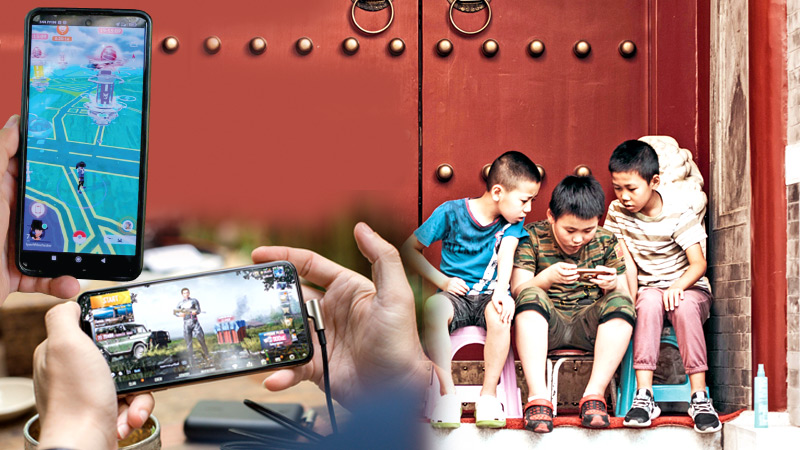 From its humble beginnings as what was considered to be the least important feature of a phone, to a global 100 billion dollar industry, mobile gaming has come a long way to become a vital pillar of the modern gaming landscape.
From its humble beginnings as what was considered to be the least important feature of a phone, to a global 100 billion dollar industry, mobile gaming has come a long way to become a vital pillar of the modern gaming landscape.
Its evolution is directly reflective of broader technological advancements and shifts in the perceptions of gamers and non-gamers alike. What used to be dismissed by gamers as “not real games”, is now far outstripping even the peak of what today’s triple A games have to offer in terms of both ubiquity and revenue.
At the same time, the industry actively thrives off some of the most detestable, predatory practices in gaming.
Mobile gaming has existed almost as soon as mobile phones were a commercially available device. In 1994, Hagenuk’s MT-2000 came with Tetris installed and is largely considered the first instance of a mobile game but it would later be discovered the Siemens S1 released nearly concurrently would also have a Tetris rip-off called Klotz that was a hidden feature.
Add-on features
Even before that, PDAs had games as add-on features, though they would be much simpler due to the simplified technology. However, it was Nokia’s iconic game Snake, pre-installed on the Nokia 6110 in 1997, that truly popularized mobile gaming. Snake’s simplicity and addictive gameplay set the stage for mobile games as a standard feature on phones moving forward.
But throughout the late 1990s and early 2000s, mobile games remained quite simple due to the limitations of early mobile phone technology. Most games were pre-installed, and downloadable content was almost nonexistent.
But some big name players in the gaming industry were already seeing the potential of mobile gaming, with the likes of Nintendo, Konami, Taito and Konami releasing ports of their best titles for download through the popular Japanese i-mode online mobile service since 2001. Despite leaps and bounds in mobile technology during this early period, it still couldn’t hold a candle to dedicated consoles, and platforms like the all-time classic Game Boy Advance remained the only viable way to play games on the go.
Turning point
The advent of smartphones, and specifically the release of Apple’s iPhone in 2007 marked a turning point for mobile gaming. The iPhone’s advanced hardware, coupled with the launch of the App Store in 2008, provided the perfect platform for developers to hop on.
The first big successes like the port of Bejeweled, would go on to be downloaded millions of times around the world. Games like Angry Birds, released in 2009, and Cut the Rope, released in 2010, became global phenomena and turned games towards free to play models supported through in game ads and in app purchases.
During this period, Android started to gain some momentum, with Google Play offering an alternative to the App Store.
By the 2010s, developers would go on to perfect the freemium model of mobile games, where games were free to download but limited certain features and gameplay functions, which you could only bypass by making in-app purchases.
Though this game design model was clearly predatory and received significant criticism even at the time, games like Candy Crush Saga and Clash of Clans popularized the practice by generating record levels of revenue from microtransactions.
In recent years, mobile gaming continued to expand with new smartphones being comparable to the average PC, and new gaming models that take full advantage of mobile devices as platforms.
Hyper Casual games, idle games, Augmented Reality games, and gacha games are all extremely lucrative genres of gaming that are uniquely popular on smartphones. Widely popular games like Fortnite and PUBG helped bridge the gap between console and mobile gamers by introducing cross play.









